As locals of Japan, we’re excited to share the unique dining experience of kaiseki with you. This Japanese culinary tradition is a feast for all senses, showcasing the best of Japan’s seasonal ingredients, culinary techniques, and aesthetic traditions. Kaiseki is more than just a simple course meal; it’s a unique dining experience that engages all your senses and is highly regarded even among locals.
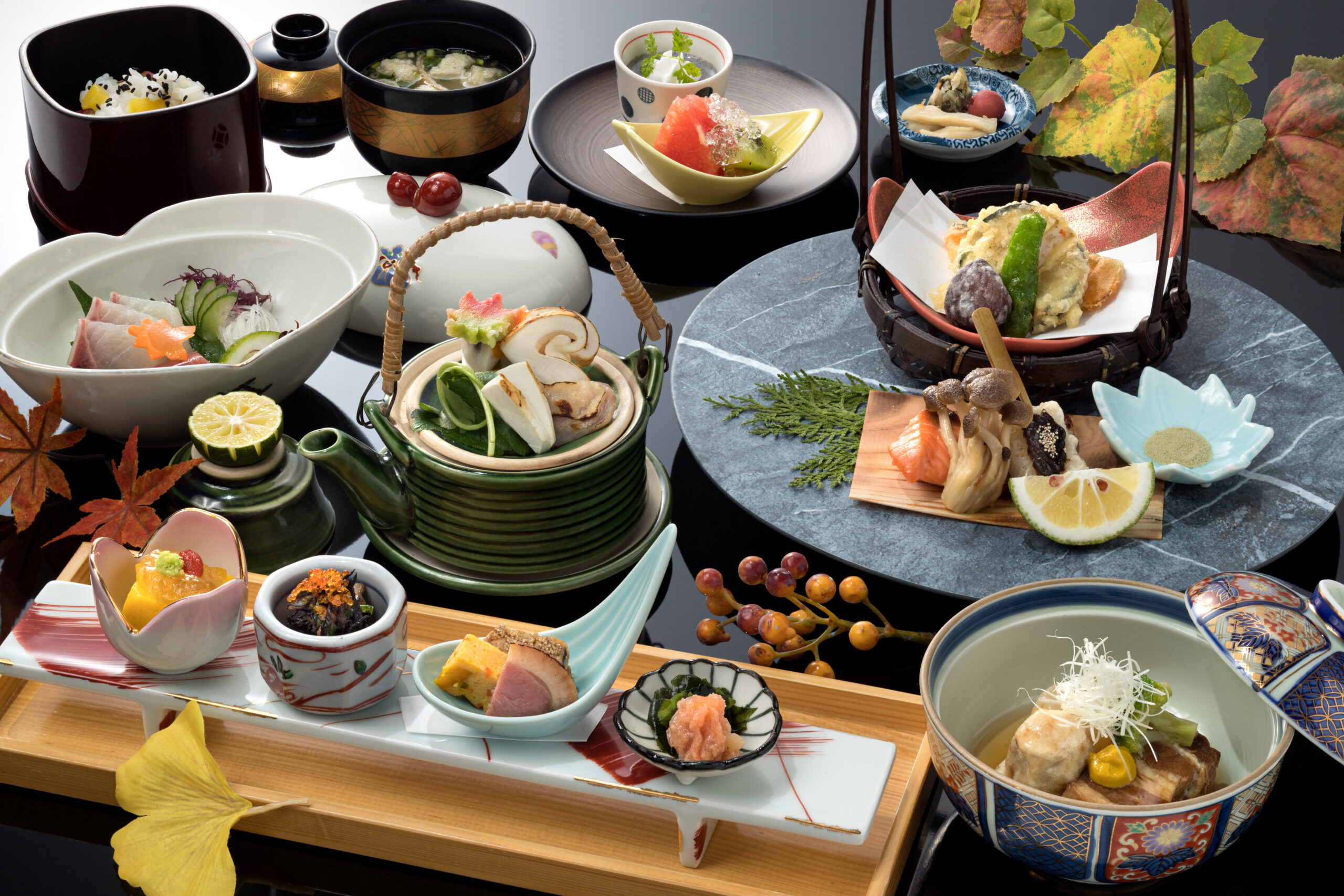
What is Kaiseki?
Kaiseki is a multi-course dining experience in Japanese cuisine that combines both visual and culinary artistry. Interestingly, there are two different ways to write “kaiseki” in Japanese: 懐石料理 and 会席料理. (You’ll notice that there is a difference in the first two Japanese kanji characters.)
While both are pronounced “kaiseki ryori,” they have subtle differences in meaning.
懐石料理: A light multi-course meal served before tea ceremonies, also known as cha-kaiseki.
Its purpose is to stave off hunger without overwhelming the palate, focusing on simplicity and subtle flavors that won’t interfere with the taste of the tea.
会席料理: A multi-course, Japanese haute cuisine meal enjoyed for lunch or dinner.
More elaborate and typically enjoyed during social gatherings, banquets or for special occasions, you’ll typically experience this type of kaiseki ryori at a restaurant. You can expect dishes that showcase seasonal ingredients that are as pleasing to the eye as they are to the palate.
Fun Fact: While you are served a number of dishes, you’ll typically finish off the meal with rice, soup, and dessert. This ensures that guests can savor and enjoy all the main dishes, without becoming full with rice and soup!

What to Expect at a Kaiseki Restaurant in Japan
When dining at a kaiseki restaurant in Japan, you’ll discover that no two meals are exactly alike. While there is a general flow from appetizers and sashimi to simmered, grilled, and rice courses, there are no strict rules that dictate the structure. This freedom allows chefs to showcase their creativity while honoring the timeless traditions of seasonality (shun), balance, and artful presentation.
A typical kaiseki ryori celebrates the best of each season, thoughtfully combining seafood, meat, mountain vegetables, rice, soup, and pickled vegetables into a careful sequence. Each dish arrives on tableware specifically chosen to complement not only the food but also the season: delicate lacquerware in winter, earthy ceramics in autumn, cool bamboo pieces in summer. Enjoy your meal in a classic tatami room or
What are the different types of Kaiseki?
Sushi
In this style, the main dish features an array of edomae-style nigiri sushi. It is often accompanied by several side dishes, a fried item, sashimi, miso soup or clear soup, dessert, and more.


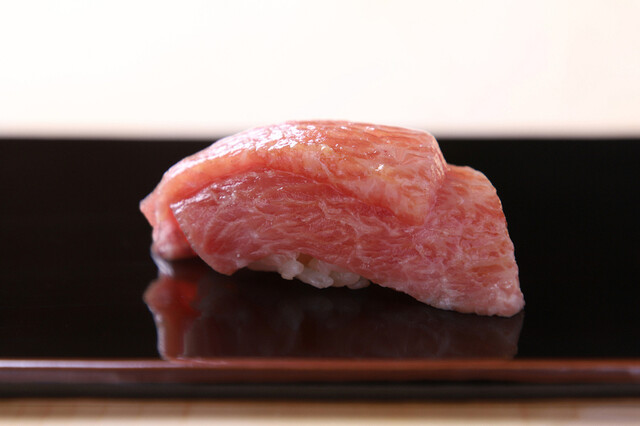
Vegetarian
A vegetarian kaiseki meal often highlights delicate ingredients such as tofu and yuba. If you didn’t know, yuba is the silky skin that forms on the surface of heated soy milk, considered a prized Kyoto delicacy. Depending on the season, it may feature yuba sashimi, grilled tofu, simmered vegetable dishes, rice, and more.
But your meal isn’t necessarily limited to soy-based dishes alone. Many chefs also draw inspiration from shōjin ryōri (精進料理), the traditional Buddhist vegetarian cuisine that emphasizes simplicity, balance, and respect for seasonal ingredients. Root vegetables, mountain greens, and mushrooms often appear alongside tofu and yuba, creating a dining experience that is both nourishing and deeply tied to Japan’s cultural heritage.
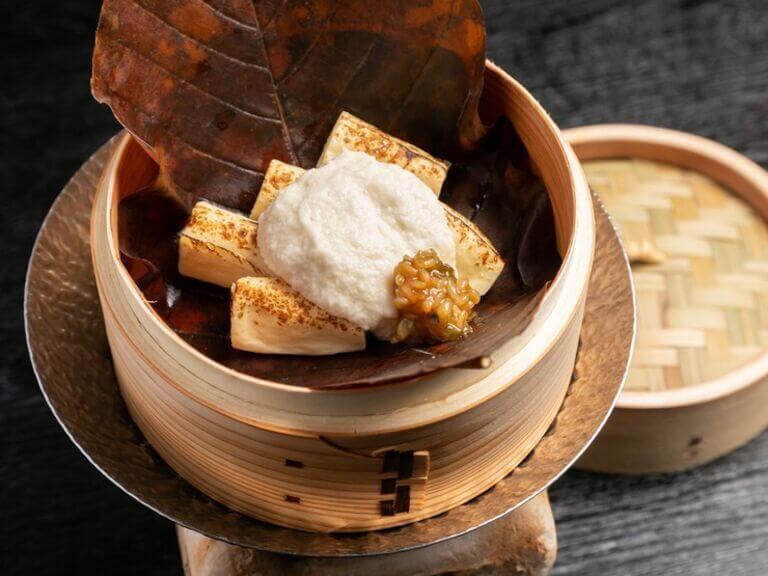
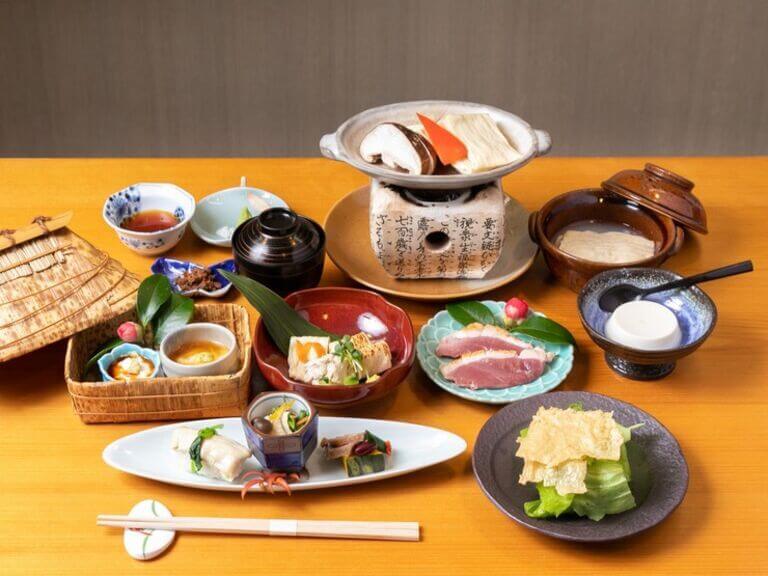
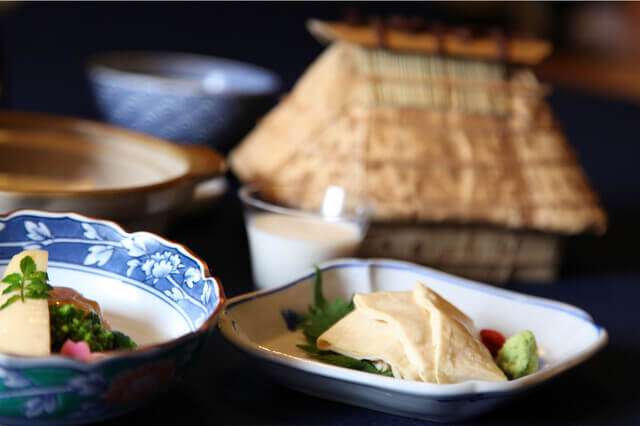
Below are some of our recommended Vegetarian Kaiseki Meals:
- Shojin Ryori Kaiseki in Takayama – Japan’s Oldest Restaurant
Experience a centuries-old Buddhist dining tradition at a restaurant founded at the end of the Edo period (1818–1829). Recognized as the oldest operating restaurant in Gifu Prefecture, this kaiseki course highlights seasonal mountain vegetables prepared in the refined shojin ryori style.
Book a Table via MACHIYA LOCALS
- Kyoto Tofu & Yuba Kaiseki near Nijo Castle
Experience Kyoto’s delicacies of tofu and yuba in a multi-course kaiseki meal that balances tradition with seasonal ingredients. Located just steps from the UNESCO World Heritage Site, Nijo Castle, this kaiseki dining experience is a perfect addition to your Kyoto stay.
Book a Table via MACHIYA LOCALS
Teppanyaki
Experience the luxury of premium wagyu beef, seafood, and seasonal vegetables grilled right on a teppan (hot iron plate). Typically, your grilled dishes will be served alongside small appetizers, a rice dish, soup, and dessert. This revision enhances clarity while preserving the original tone and content.
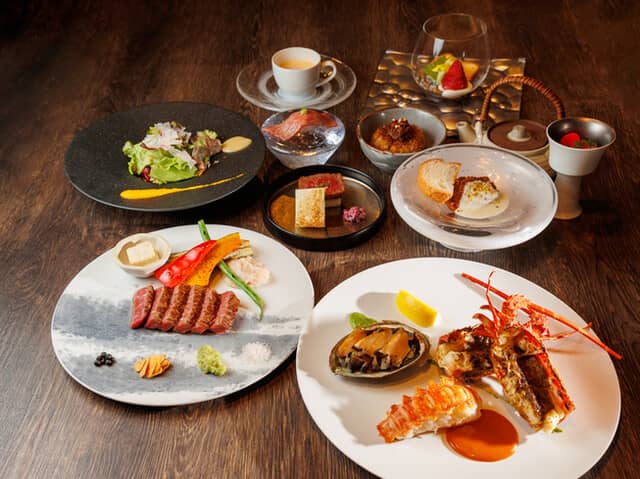
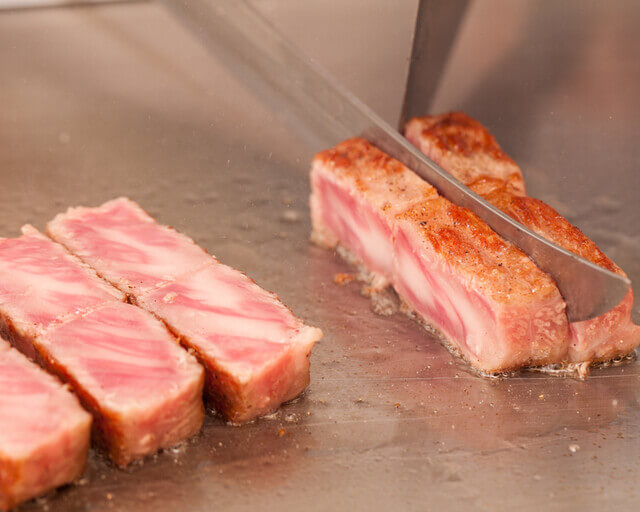
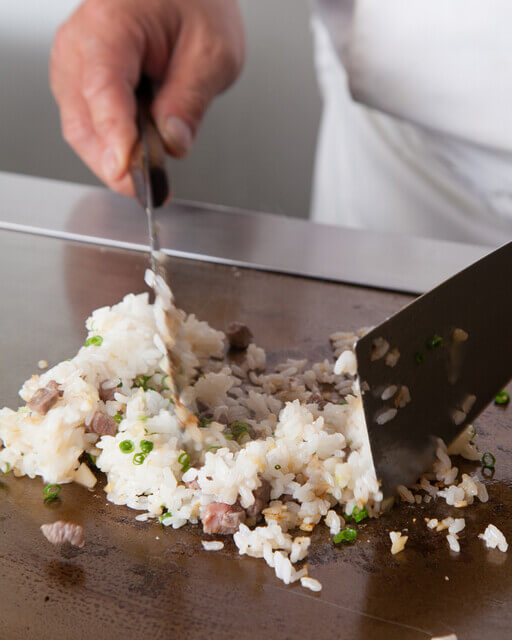

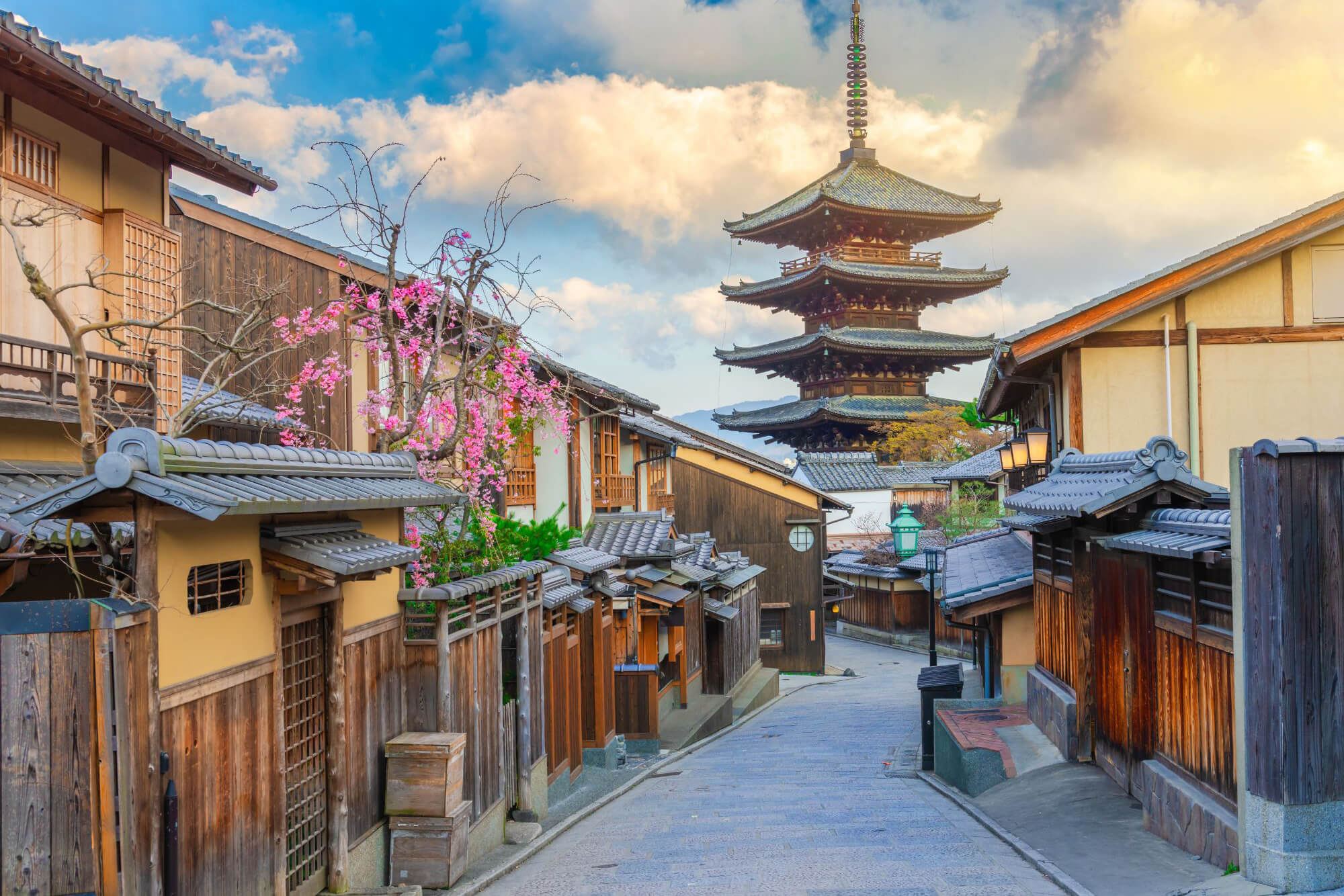 Kyoto
Located in Kyoto Prefecture. Savor a number of traditional Japanese kaiseki cuisine in Japan's former capital.
Kyoto
Located in Kyoto Prefecture. Savor a number of traditional Japanese kaiseki cuisine in Japan's former capital.

 Takayama
Located in Gifu Prefecture. A city surrounded by the Japanese Alps, enjoy seasonal mountain vegetables, and surprisingly, some of the freshest sushi in Japan.
Takayama
Located in Gifu Prefecture. A city surrounded by the Japanese Alps, enjoy seasonal mountain vegetables, and surprisingly, some of the freshest sushi in Japan.

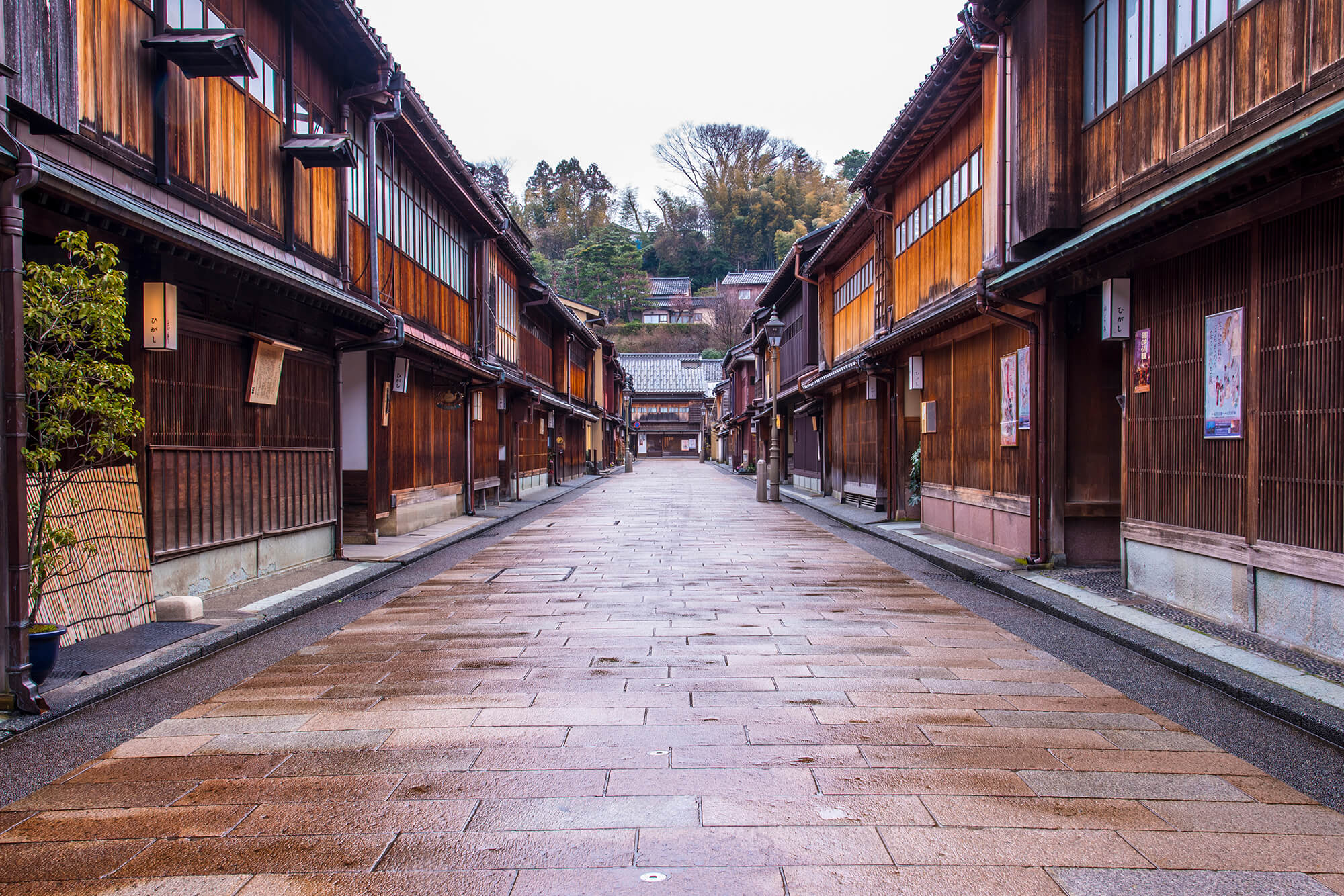 Kanazawa
Located in Ishikawa Prefecture. Kanazawa is a charming seaside city that offers fresh seafood, locally grown "kaga vegetables," and a variety of delicious regional dishes.
Kanazawa
Located in Ishikawa Prefecture. Kanazawa is a charming seaside city that offers fresh seafood, locally grown "kaga vegetables," and a variety of delicious regional dishes.

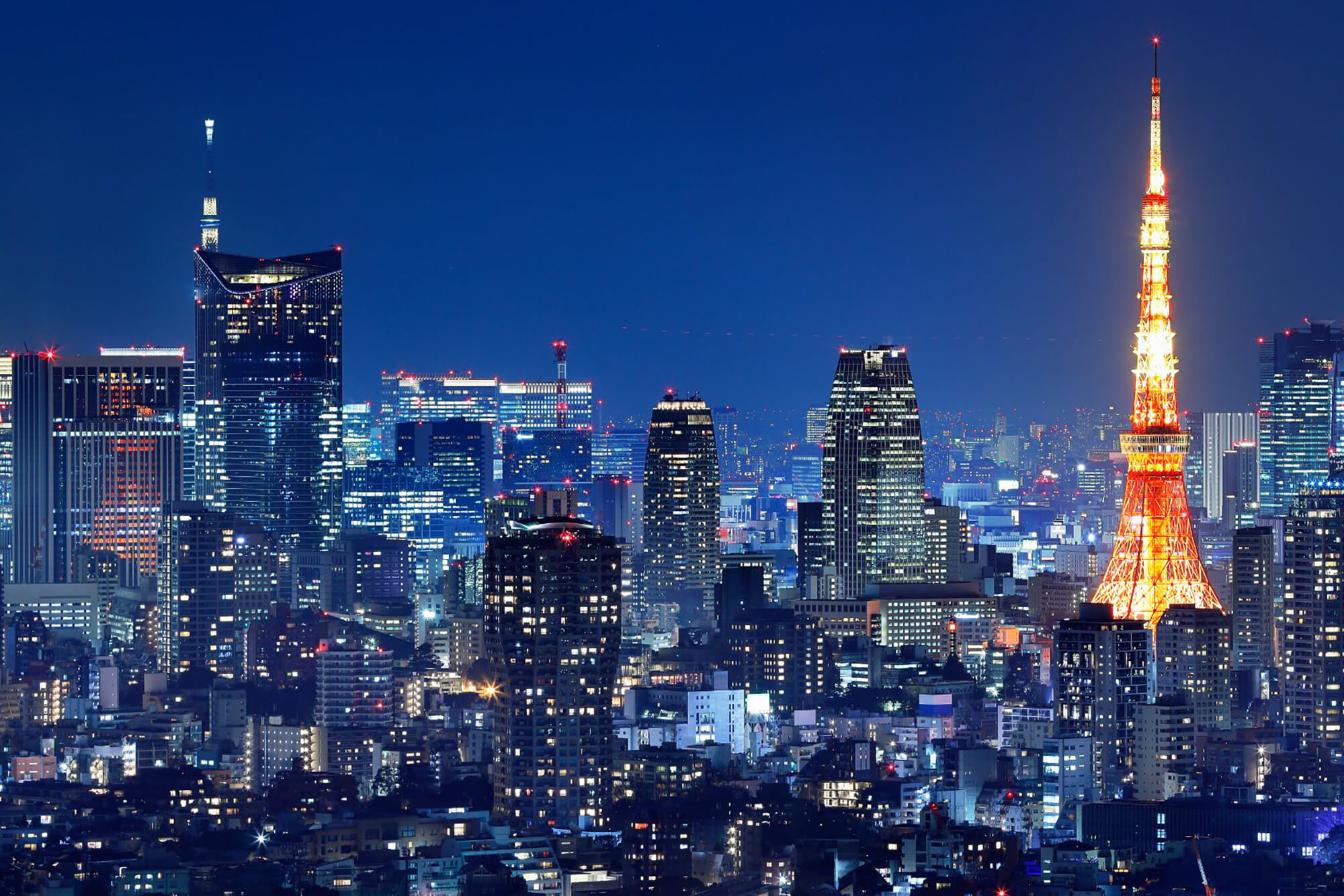 Tokyo
Located in Tokyo Prefecture. Japan’s vibrant capital where centuries-old traditions meet modern sophistication. Discover refined kaiseki dining and exclusive seasonal menus tucked away in historic neighborhoods.
Tokyo
Located in Tokyo Prefecture. Japan’s vibrant capital where centuries-old traditions meet modern sophistication. Discover refined kaiseki dining and exclusive seasonal menus tucked away in historic neighborhoods.